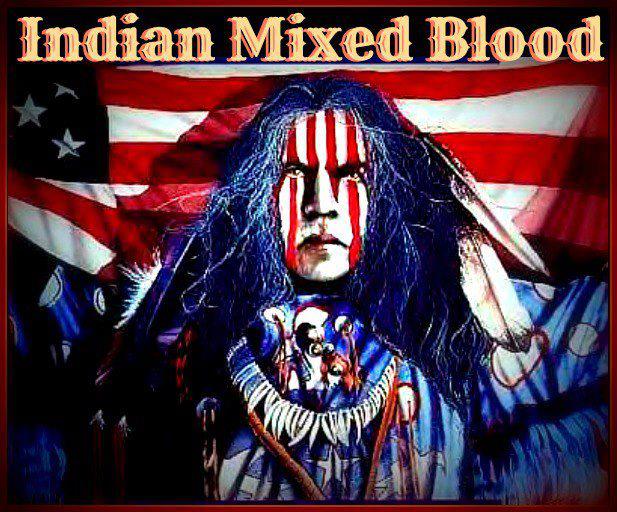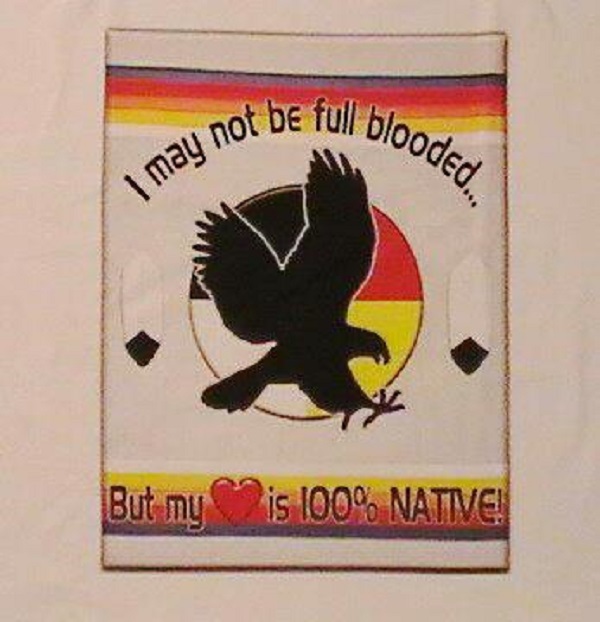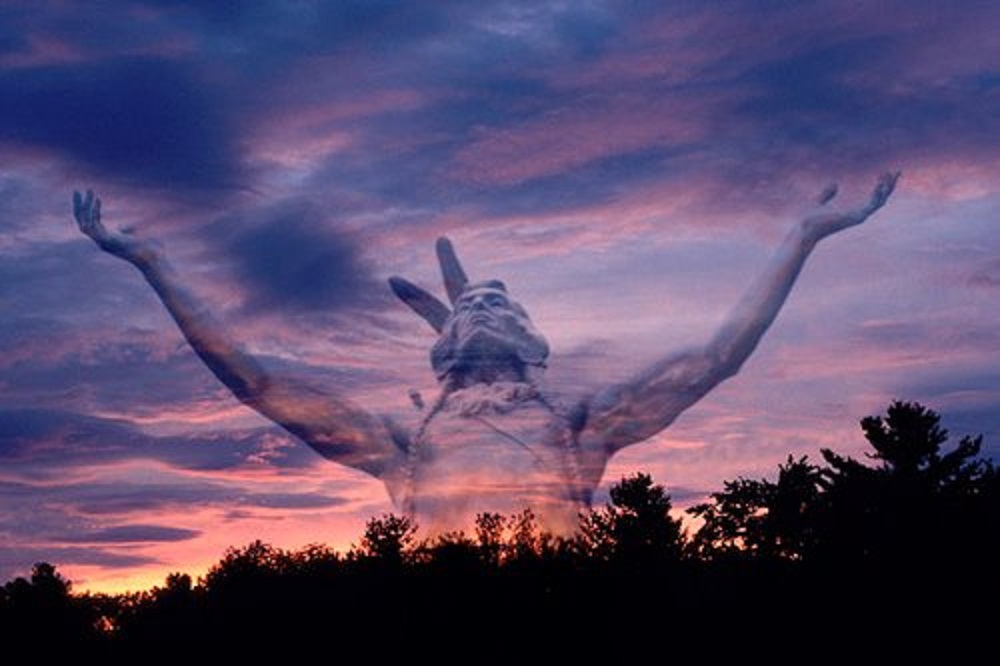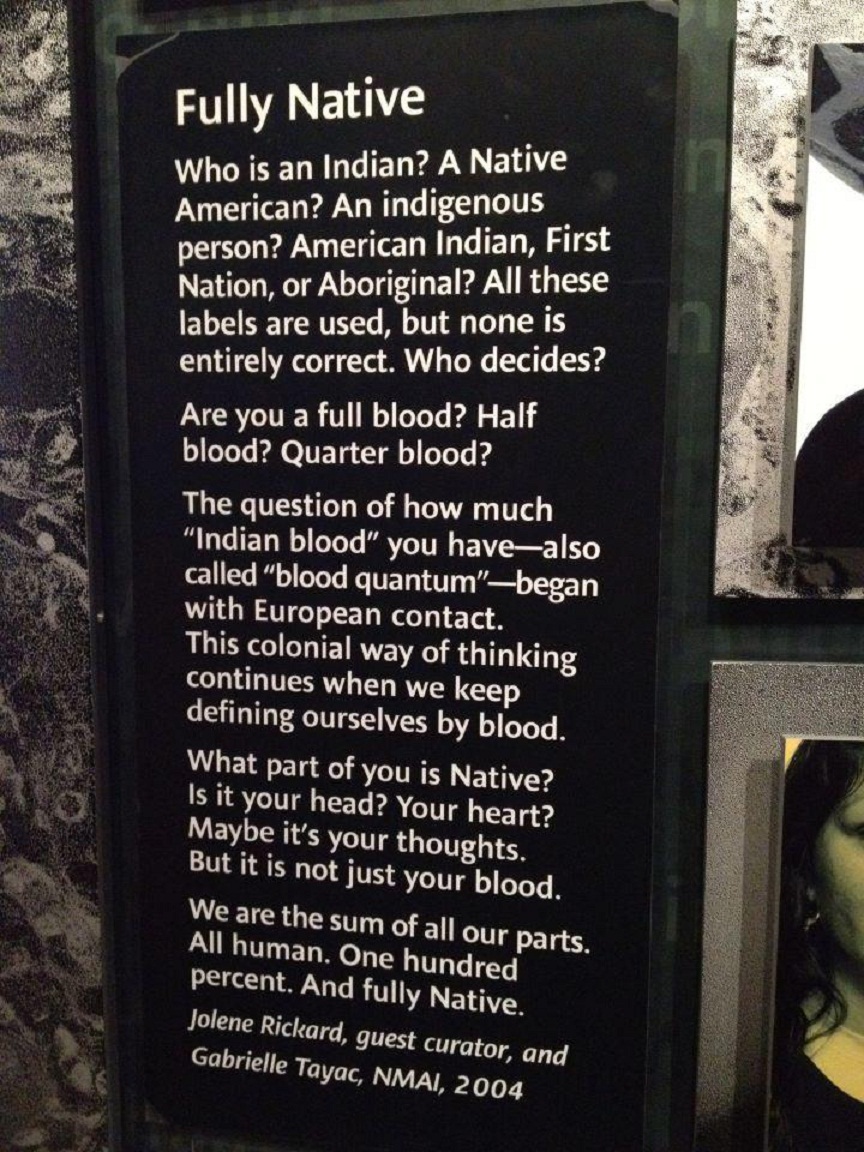The concept of identity has always been a complex and evolving topic, especially for marginalized groups. For Native Americans, their identity has been strongly shaped by colonialism, forced assimilation, and legal frameworks. One such framework is the one-drop rule, a discriminatory practice from the United States that considers an individual as a member of a certain race if they have even a single ancestor who belongs to that race. For Native Americans, this rule has significant implications for their identity, culture, and legal recognition. In this article, we will explore the history and impact of the one-drop rule on Native American identity and community, and discuss ways to move forward in celebrating diverse identities.
Historical Context of Native American Identity
The Origin of Native American Identity
Native American identity is complex and multifaceted, rooted in a rich history that spans thousands of years. The term "Native American" is used to describe the indigenous peoples of the United States, including Alaska and Hawaii, as well as the Native Hawaiian peoples.
The indigenous peoples of the Americas were diverse, with unique cultures, traditions, and languages. However, European colonization brought with it a new sense of identity for these peoples, one that was defined by the colonizers. Native American identity became tied to notions of race and blood quantum, which remain contentious today.
Colonialism and Native American Identity
Colonialism and the forced assimilation of Native American communities had a significant impact on Native American identity. The Indian Removal Act of 1830 forced many tribes to leave their ancestral lands and move to reservations, where their cultures and traditions were often suppressed.
The boarding school system, established in the late 19th and early 20th centuries, aimed to assimilate Native American children into American culture by forcing them to abandon their cultural identity and language. This had a lasting impact on Native American communities, many of which are still struggling to preserve their cultural heritage and traditions.
The One-Drop Rule and Its Origins
The One-Drop Rule in the US
The one-drop rule is a social construct that emerged in the United States during the era of slavery. It dictated that any person with even one drop of "black blood" was considered black and subject to discrimination and segregation.
The one-drop rule was later extended to other racial groups, including Native Americans. This meant that even individuals with a small fraction of Native American ancestry were classified as Native American and subject to the same discrimination and segregation as full-blooded Native Americans.
Impact of the One-Drop Rule on Native American Communities
The one-drop rule had a significant impact on Native American identity, contributing to the erasure of tribal and individual identities. The forced assimilation of Native American children into American culture meant that genealogical records were often lost, making it difficult for individuals to prove their Native American heritage.
The Dawes Act of 1887 also had a significant impact on Native American identity, as it required individuals to prove a certain amount of Native American ancestry in order to receive land allotments. This created a bureaucratic nightmare and further eroded the cultural identity of many Native American communities.
Contemporary Debates and Criticisms
Debate around the One-Drop Rule
The one-drop rule is still controversial today, with many arguing that it perpetuates harmful stereotypes and contributes to the erasure of complex and diverse identities. Some argue that the one-drop rule is a form of racial essentialism that reduces individuals to their genes.
Others, however, argue that the one-drop rule is necessary for preserving Native American identity in the face of ongoing discrimination and assimilation into American culture.
Criticisms and Reinterpretations of the One-Drop Rule
There are also alternative interpretations of the one-drop rule that challenge its essentialist assumptions. Some argue that identity is not solely defined by one's genetics, but also by one's cultural heritage and community affiliations. Others advocate for a more inclusive definition of Native American identity that recognizes the diversity and complexity of indigenous peoples.
Legal Implications of Native American Identity
Identity on Government Documents
The U.S. government recognizes Native American identity through various legal frameworks, including the Indian Reorganization Act of 1934 and the Indian Child Welfare Act of 1978. These laws provide protections for Native American communities and their cultural heritage.
Federal and state governments also require individuals to prove their Native American identity in order to access certain benefits and services, such as education and healthcare. However, this process can be complicated and fraught with bureaucratic hurdles.
Federal Recognition and its Implications
Federal recognition is an important aspect of Native American identity, as it provides tribes with legal recognition and access to certain benefits and resources. However, the process of attaining federal recognition is often lengthy and difficult, requiring extensive documentation and proof of tribal identity.
The issue of federal recognition is also controversial, as it can lead to the further erasure and homogenization of Native American identities. Some argue that federal recognition promotes the idea of a monolithic Native American identity, rather than recognizing the diversity and complexity of indigenous peoples.
Cultural Significance and Community Connections
For many Native Americans, cultural beliefs and practices are a crucial part of their identity. The historical oppression and forced assimilation of Native American communities have made it challenging to preserve many traditional practices. However, many Native American communities are working diligently to keep their culture alive. This is often done through the passing down of stories and knowledge from elders to younger generations. The importance of community connections and maintaining cultural significance is key to maintaining a sense of identity and pride in their heritage.
Cultural Beliefs and Practices
Native American culture is rich in beliefs and practices that have been passed down through generations. These beliefs and practices often center around the interconnectedness of all things and the importance of respecting the earth and the living beings that inhabit it. Native Americans often hold ceremonies and rituals to honor their ancestors and maintain their spiritual connection to their land and community.
Community Connections and Identity
For many Native Americans, their sense of identity is closely tied to their community. Native American communities are often very close-knit, and many people have family members who are also part of their tribe. Being part of a community allows Native Americans to connect with others who share their experiences and cultural heritage. This connection helps to reinforce their sense of identity and pride in their heritage.
The Intersectionality of Identity
Intersectionality and Native American Identity
Native American identity intersects with many other aspects of a person's identity. For example, many Native Americans are also members of other marginalized communities, such as LGBT+ people or people with disabilities. These intersections can create unique challenges for people trying to navigate their identity and find their place in society. Understanding how these different identities intersect is crucial to understanding the experiences of Native Americans.
Challenges of Dual Identities
Many Native Americans also navigate having dual identities. This is often because of their mixed heritage, with one parent being Native American and the other being from another community. This can create challenges when it comes to navigating their identity and finding a sense of belonging in both communities. However, having a mixed heritage can also allow people to connect with and understand multiple communities better than someone with a single identity.
Personal Experiences of Native American Identity
Personal Reflections on Identity
Personal experiences of Native American identity can be incredibly varied. Some people may have grown up immersed in their culture, while others may have only recently discovered their Native American heritage. For many Native Americans, their identity is constantly evolving and changing, depending on the circumstances they find themselves in. Personal reflections on identity can help people better understand their place in the world and come to terms with their experiences.
Understanding Other Perspectives
One of the essential aspects of embracing diverse identities is understanding and empathizing with the experiences of those who are different from us. Understanding the perspectives of Native Americans who have had different experiences can help to create a more inclusive and accepting society. Listening to the stories and experiences of others can be a powerful tool for personal growth and building meaningful connections.
Moving Forward: Embracing Diverse Identities
Embracing Diverse Identities
Embracing diverse identities means recognizing the value and importance of different cultures and experiences. It means acknowledging the unique challenges faced by marginalized communities and working to create an inclusive and equitable society. Embracing diverse identities also means celebrating the richness and diversity of the human experience.
Re-Imagining Identity and Belonging
Re-imagining identity and belonging means moving beyond traditional definitions of identity and finding new ways to connect with others. It means creating spaces where people can come together and share their experiences, regardless of their background or identity. Re-imagining identity and belonging also means working to break down barriers that prevent people from fully integrating into society and finding a sense of belonging.In conclusion, the one-drop rule has had a complex and controversial impact on Native American identity. While it has been a source of exclusion and discrimination, it has also been a rallying point for Native Americans to preserve their culture and community. Moving forward, it is important to recognize and embrace diverse identities, and work towards a society that celebrates differences rather than trying to force people into narrow categories. By doing so, we can build a more inclusive and equitable future for all.
FAQs
What is the one-drop rule?
The one-drop rule is a practice that originated in the United States to classify an individual as a member of a specific race if they have any trace of that race in their ancestry, regardless of their physical appearance or cultural identity.
Has the one-drop rule been officially abolished?
The one-drop rule was never officially abolished in the United States, but it was declared unconstitutional by the Supreme Court in 1967. However, its legacy still has significant implications for the identity and legal recognition of Native Americans.
How does the one-drop rule affect Native American identity?
The one-drop rule has been used to exclude Native Americans from their own communities and culture, as well as to deny them legal recognition and resources. It has also created a complex and challenging intersectionality of identities for those who have mixed heritage.
What can be done to move forward and celebrate diverse identities?
Moving forward, it is important to recognize and celebrate the diversity of identities, including Native American identity, and to work towards a more inclusive and equitable society. This includes supporting Native American communities, respecting their culture and traditions, and advocating for legal recognition and resources. It also involves challenging and dismantling discriminatory practices and attitudes, and embracing the richness of diverse identities.
"If you have one drop of Indian blood in your veins then you are Indian."
Black Elk, Lakota (Sioux)
"Our people don't come in parts. Either you are Indian, or you are not."
--Nippawanock, ARAPAHOE



I've come across great content on this topic, I will share it as soon as I find it. Thanks for your contribution.
